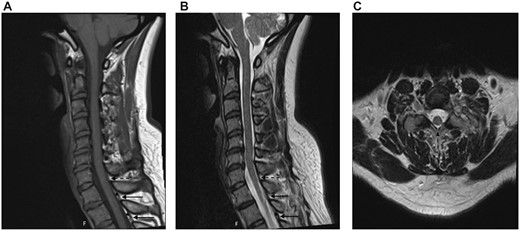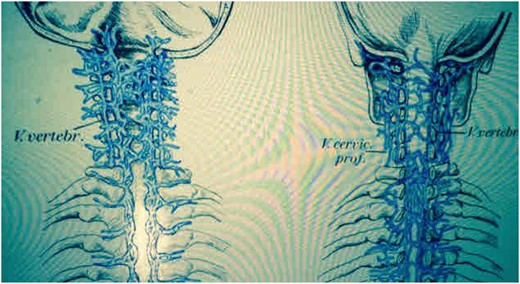Needle design, size, and direction
The type and size of needle are also important factors in PDPH, given that research clearly demonstrates that larger dural tears result in a higher incidence of this condition. Cutting needles (Quincke needles) are associated with a higher incidence of PDPH compared to blunt or pencil-point needles (Sprotte and Whitacre needles). Schmittner et al. [
31] and Gisore et al. [
32] confirmed the significantly lower incidence of PDPH with pencil-point needles compared to Quincke cutting needles in similar studies (1.7% vs. 6.6%, P = 0.02 and 4.5% vs. 24.2%, P = 0.042). A modification of the Quincke (Atraucan) needle is also available, with a cutting point and a double bevel to cut a small dural hole and then dilate it. Several studies have confirmed that the bigger the needle, the greater the incidence of PDPH [
19,
33,
34,
35]. With Quincke needles, the incidence and severity of PDPH is directly related to the size of the needle. A similar effect may occur with pencil-point needles.




